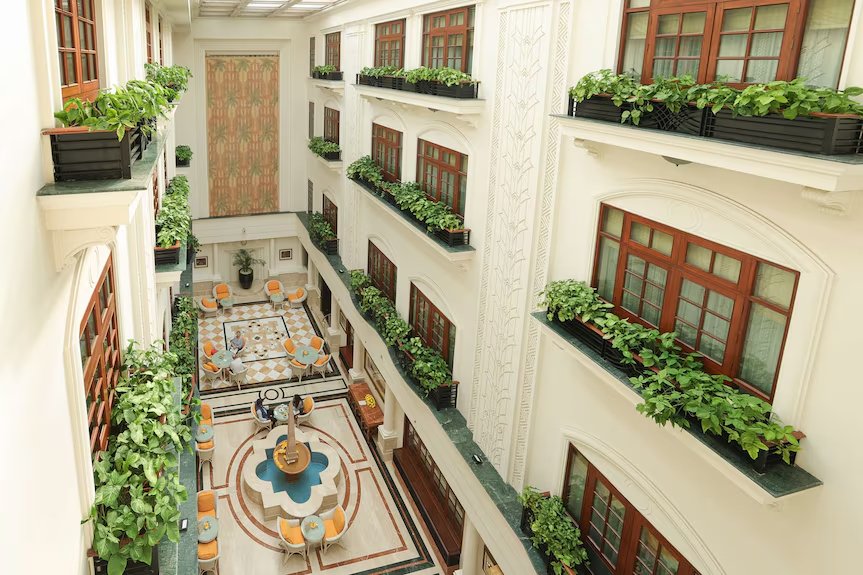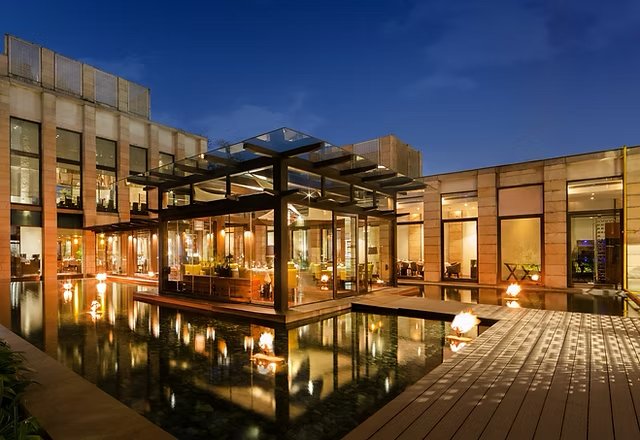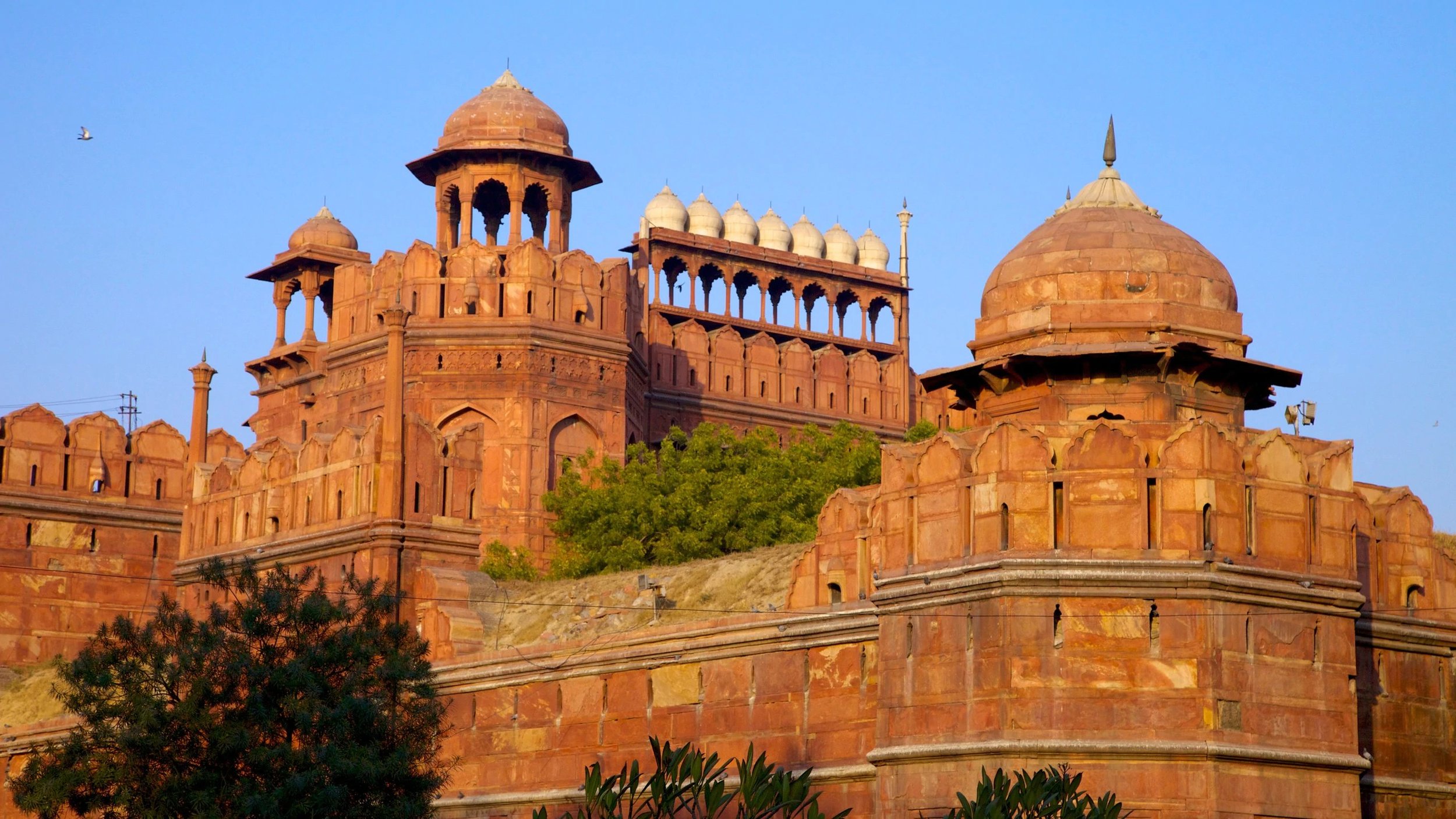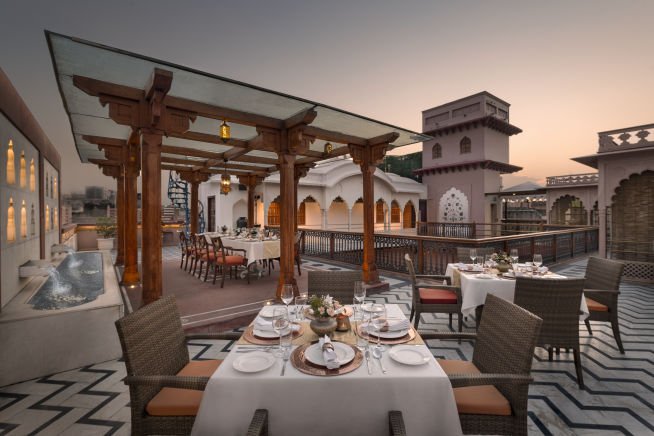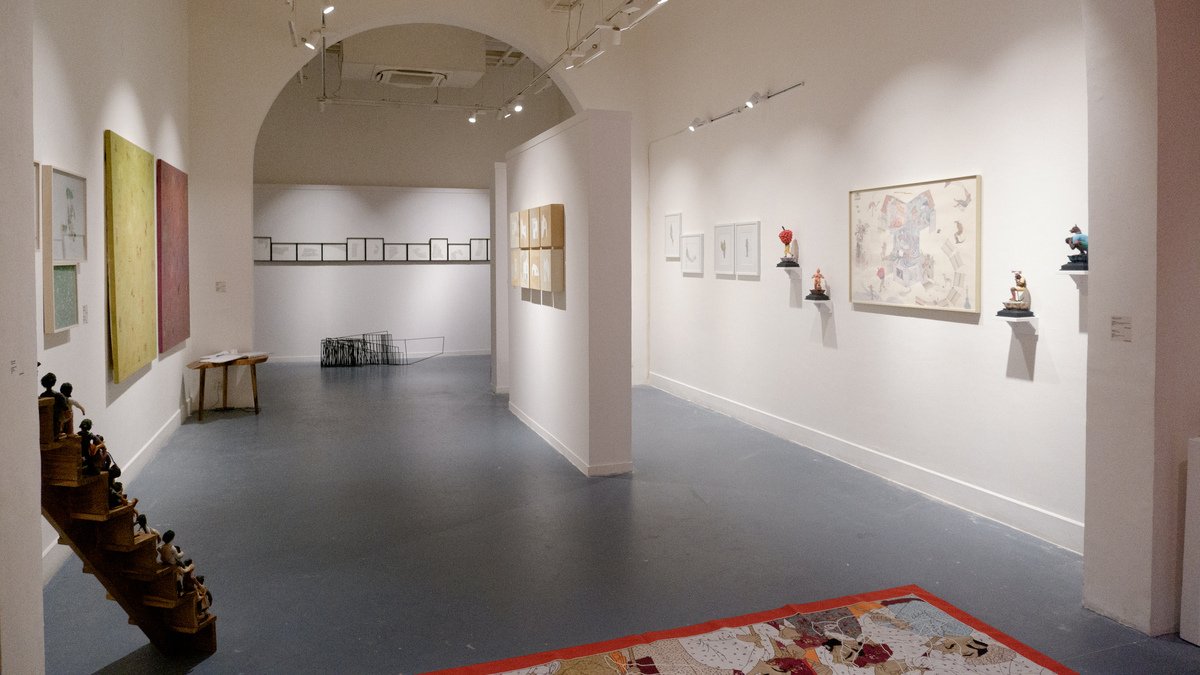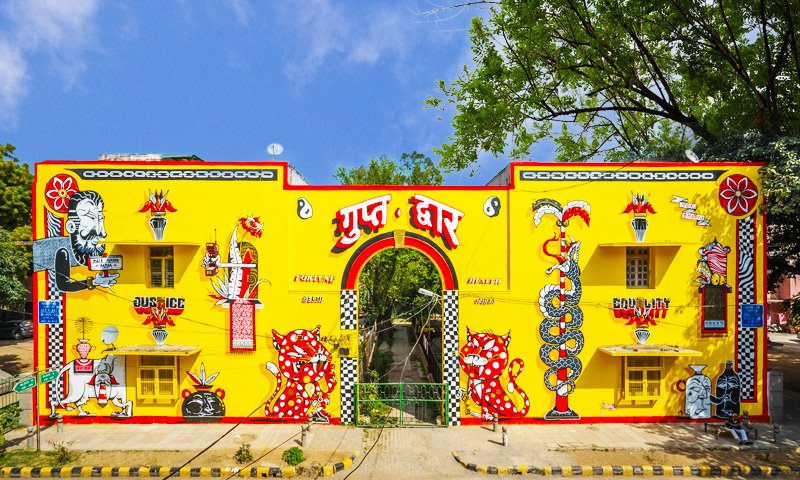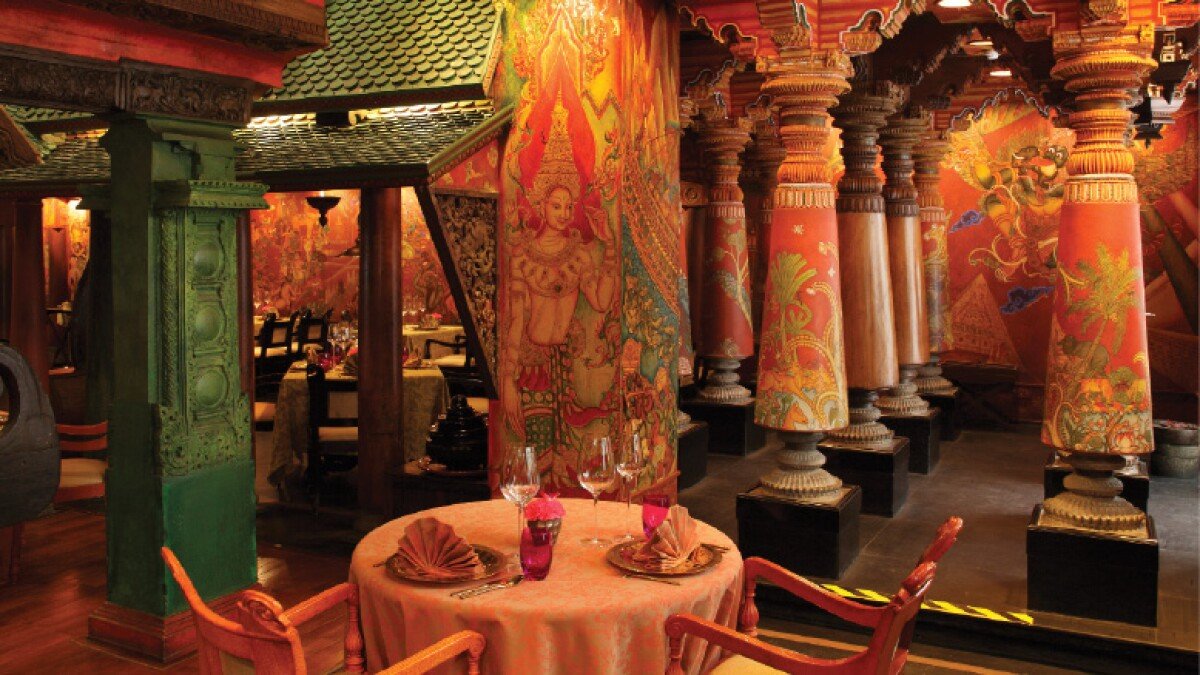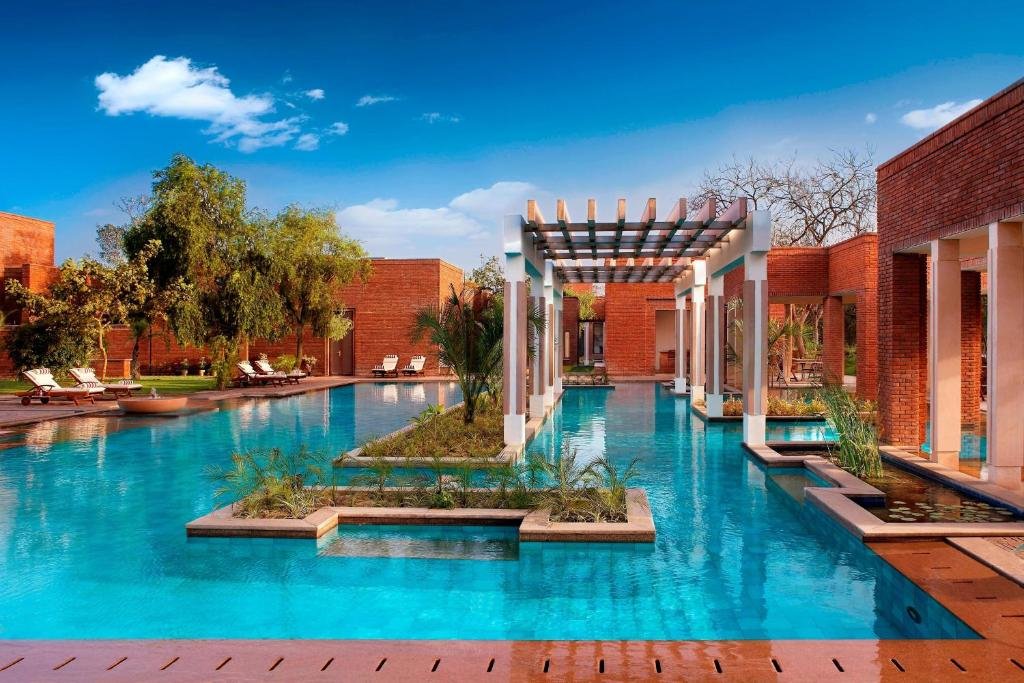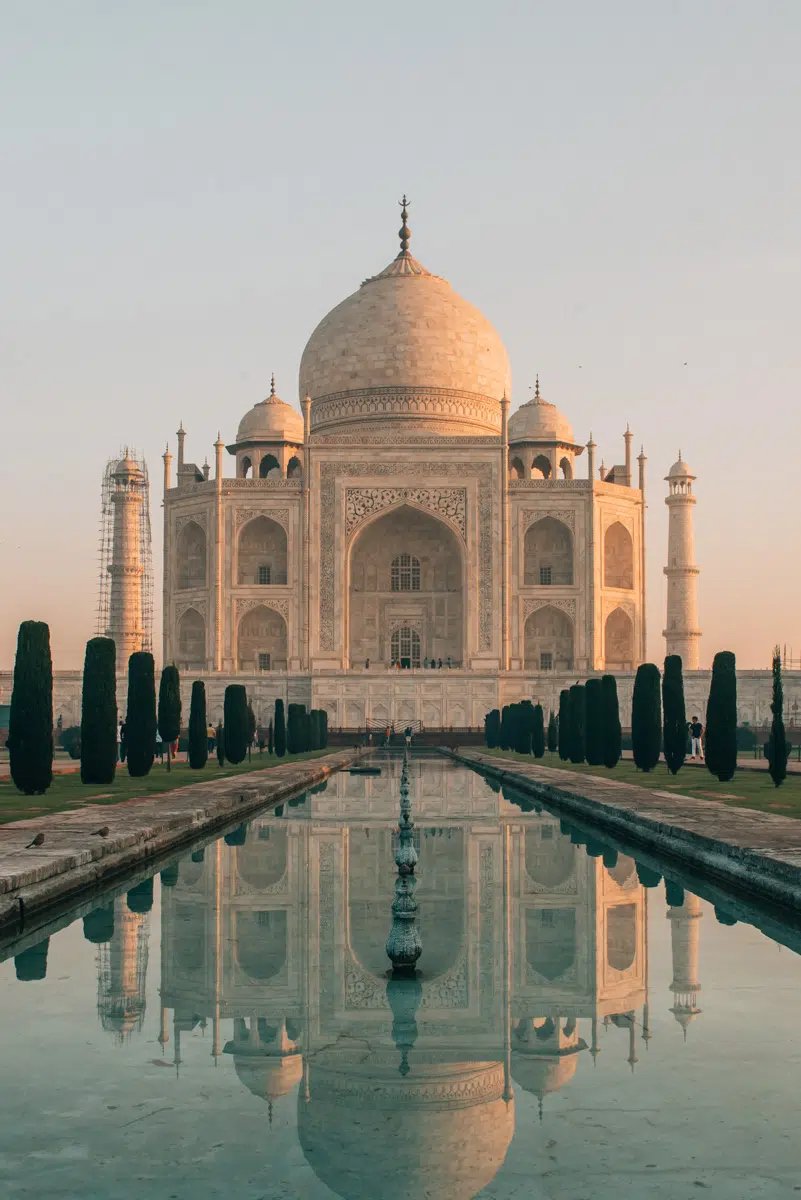
India Art Tour 2025
31 January - 8 February 2026
Join .M Contemporary for a curated trip of art, food and culture in the vibrant and culturally rich New Dehli, in 2026.
An interest in art is essential for this trip as we will be guided through New Dehli’s leading contemporary art galleries and museums.
Limited places available, please contact us for priority access.
Detailed Itinerary
-
Arrivals at the Imperial Hotel (flight dependant).
About The Imperial Hotel
The Imperial Hotel in New Delhi is a landmark of colonial-era grandeur and Indian heritage. Opened in 1936, it was designed by architect F.B. Blomfield and played a significant role during India’s independence movement, serving as a meeting place for key political figures. Nestled along Janpath, the hotel blends Art Deco, Victorian, and Lutyens' architectural influences, offering an opulent setting filled with rare artworks and historic memorabilia. Renowned for its luxurious hospitality, The Imperial remains one of India’s most iconic hotels, embodying the elegance and legacy of a bygone era.
-
Breakfast at leisure
Private exhibition/collection visit in Central Delhi
Welcome dinner at Indian Accent (located in The Lodhi hotel) with Chef’s 6-course tasting menu paired with wines.
Indian Accent, located within The Lodhi in New Delhi, is one of India’s most celebrated fine dining destinations, voted among the top 50 restaurants in Asia. Helmed by Chef Manish Mehrotra, the restaurant redefines Indian cuisine with its innovative approach, blending traditional flavours with global influences. Housed in The Lodhi near the historic Lodhi Gardens, Indian Accent offers a sophisticated dining experience that complements the hotel’s serene and contemporary ambience.
-
Breakfast at the hotel
Morning privatised Pedicab ride of Old Delhi to include historical highlights
Lunch at Lakhori rooftop at Dharampura Haveli
Private exhibition/collection visit
Evening at leisure, see recommendations below. Please contact us should you wish to book.
Bukhara at ITC Sheraton
Dum Pukht at ITC
Sheraton Spice Route at
The Imperial Dhilli at The Oberoi
-
Breakfast at the hotel
Curator tour at Nature Morte, one of Delhi’s leading contemporary art spaces
Founded in New York's East Village in 1982 and closed in 1988, Peter Nagy revived Nature Morte in New Delhi in 1997 as a commercial gallery and a curatorial experiment. In the early years, Nature Morte became synonymous in India with challenging and experimental forms of art; championing conceptual, lens-based, and installation genres and representing a generation of Indian artists who went on to international exposure.
Lunch at Café Dori
Breakfast at the hotel
Curator tour at Nature Morte, one of Delhi’s leading contemporary art spaces
Founded in New York's East Village in 1982 and closed in 1988, Peter Nagy revived Nature Morte in New Delhi in 1997 as a commercial gallery and a curatorial experiment. In the early years, Nature Morte became synonymous in India with challenging and experimental forms of art; championing conceptual, lens-based, and installation genres and representing a generation of Indian artists who went on to international exposure.
Lunch at Café Dori
Afternoon visiting Lado Sarai Art District
Private tour of Latitude 28 Gallery
LATITUDE 28 is a venture under the direction of Bhavna Kakar, who specialises in pre-modern art history with nearly a decade's experience as a curator, writer, and art consultant.
Private collection tour of Exhibit 320
Exhibit320 showcases contemporary art from India and the sub-continent, creating a platform for new thoughts and ideas.
The emphasis of the exhibition space is on art that engages in new means, both by thoughts and material.
-
Morning: Walking tour of Lodhi Art District and Lodhi Gardens
Lodhi Art District is India’s first open-air public art district, turning Lodhi Colony into a vibrant cultural hub with large-scale murals by Indian and international artists. Lodhi Gardens is a historic green oasis in Delhi, home to 15th- and 16th-century tombs from the Sayyid and Lodi dynasties, blending Indo-Islamic architecture with lush landscapes.
Afternoon: Lutyens Delhi with Malvika Singh
Lutyens' Delhi, designed by Sir Edwin Lutyens, is the historic and political heart of New Delhi, known for its grand colonial-era architecture, wide boulevards, and iconic landmarks such as Rashtrapati Bhavan and India Gate. It remains a symbol of India's transition from British rule to independence.
We are delighted to be joined by Malvika Singh, a longstanding friend of The Lutyens Trust and an esteemed author of numerous books, including New Delhi: Making of a Capital and, most recently, Saris of Memory. Her insights will offer a deeper understanding of Lutyens’ Delhi and its enduring legacy.
Dinner at Spice Route in The Imperial Hotel
-
Hotel breakfast at leisure
VIP access to India Art Fair with curator tours meet the gallerists and artists talks
Lunch at leisure at the Fair
Late afternoon return to the hotel
Evening at leisure, see recommendations below. Please contact us should you wish to book.
Plats - Cosmopolitan
Baoshuan at the Oberoi - Modern Chinese
Bo Tai – Thai
Megu at Leela Palace – Japanese
-
Early fast train to Agra (1st class seats); breakfast hampers provided
Upon arrival, enjoy a refreshment break before driving to Fatehpur Sikri for a guided visit.
Casual lunch
Return to Agra via Sikandra to visit the tombs of Mughal Emperor Akbar and his wife, Mariam.
The 17th-century Tomb of Akbar the Great is an ornate sandstone building inlaid with white marble at the heart of a sprawling, Charbagh-style garden. Mariam's Tomb was once a 1400s pleasure pavilion, and it retains traces of its original paintings.
Overnight stay at the ITC Mughal with dinner at the hotel
-
Sunrise visit to Itmad ud Daulah, the baby Taj and Taj Mahal
Itmad-ud-Daulah’s Tomb, often called the "Baby Taj," is a 17th-century mausoleum in Agra, regarded as a precursor to the Taj Mahal. Built by Empress Nur Jahan for her father, Mirza Ghiyas Beg, it was the first Mughal structure made entirely of white marble, featuring intricate inlay work that later influenced the Taj Mahal’s design.
The Taj Mahal, an enduring symbol of love and one of the world's most celebrated architectural masterpieces, was commissioned by Emperor Shah Jahan in memory of his wife Mumtaz Mahal. Completed in 1648, this UNESCO World Heritage site blends Persian, Indian, and Islamic architectural styles, renowned for its perfect symmetry, luminous marble facade, and exquisite craftsmanship. As one of the Seven Wonders of the World, the Taj Mahal remains a testament to Mughal grandeur and India’s rich cultural heritage.
Return to the hotel for a late breakfast
Afternoon TBC
Farewell dinner at Esphehan, Amarvilas
-
Breakfast at leisure
Departure to Delhi and onwards flights or overnight accomodation

